There's no question that Star Wars is one of those fictional universes that always finds a way to keep expanding, with several new series already in the works or soon to be streaming. One of the newest, Visions, takes the franchise in some new and exciting directions, with each episode animated and presented by a different Japanese animation studio.
Though it is a unique show, those looking for shows that have a similar aesthetic or ethos are actually in luck, and there are quite a few other series out there--both animated and live-action--that are sure to appeal.
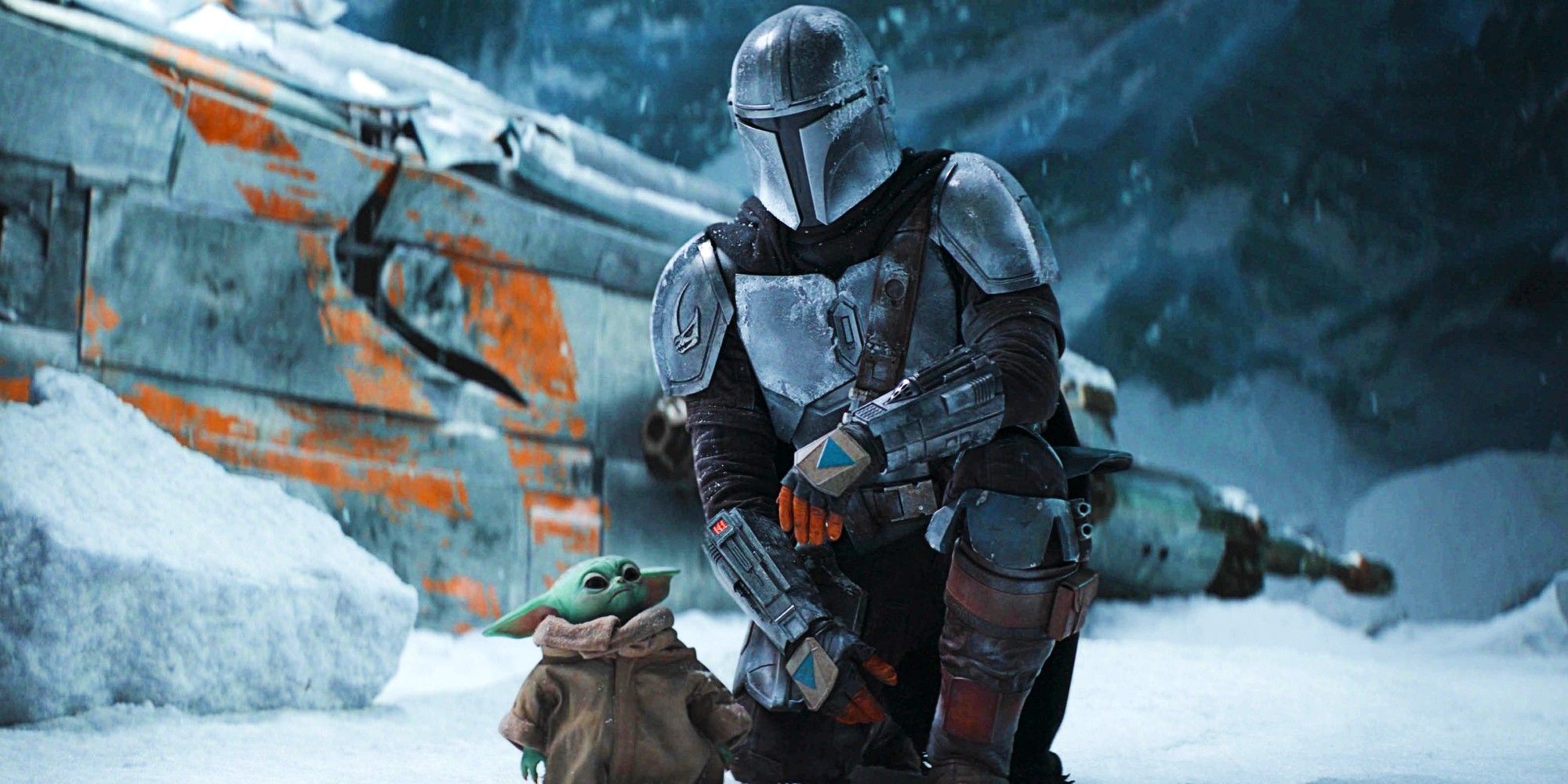
The Mandalorian became an immediate success upon its release in 2019, becoming a popular culture phenomenon in large part because of the Child, popularly known as Baby Yoda. Like Visions, it sets out to chart its own course in this universe, following the title character as he makes a living in the Galaxy after the fall of the Empire.
Also like Visions, The Mandalorian takes the franchise into some new and exciting directions, providing characters that are only tangentially related to the major narratives but who, nevertheless, often show themselves to be as brave as any Jedi.
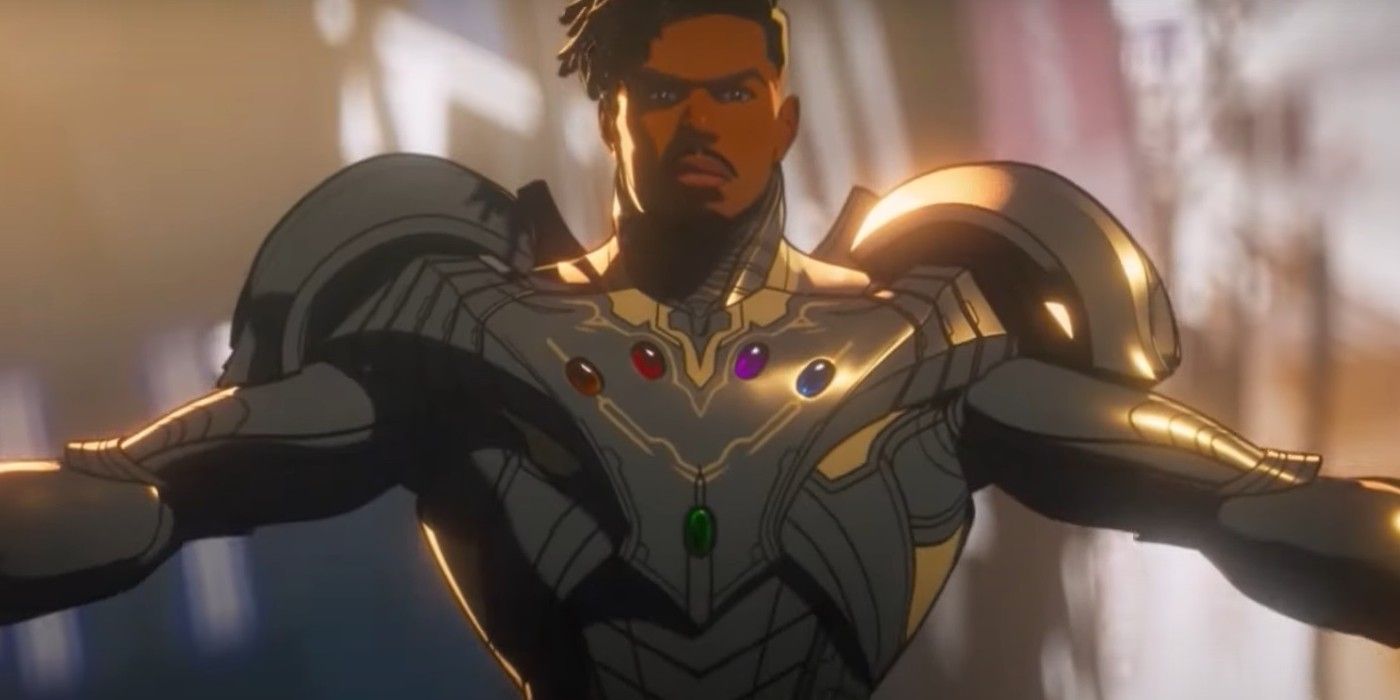
Just as Visions explores some new territory in the Star Wars universe, so Marvel’s What If…? asks similar questions of the Marvel Cinematic Universe. In this case, it delves into alternative storylines, in which major actions with which viewers are familiar take a different path.
What makes the series so compelling is that it asks viewers to think carefully about the nature of history, and how a few different actions can radically change the course of events.
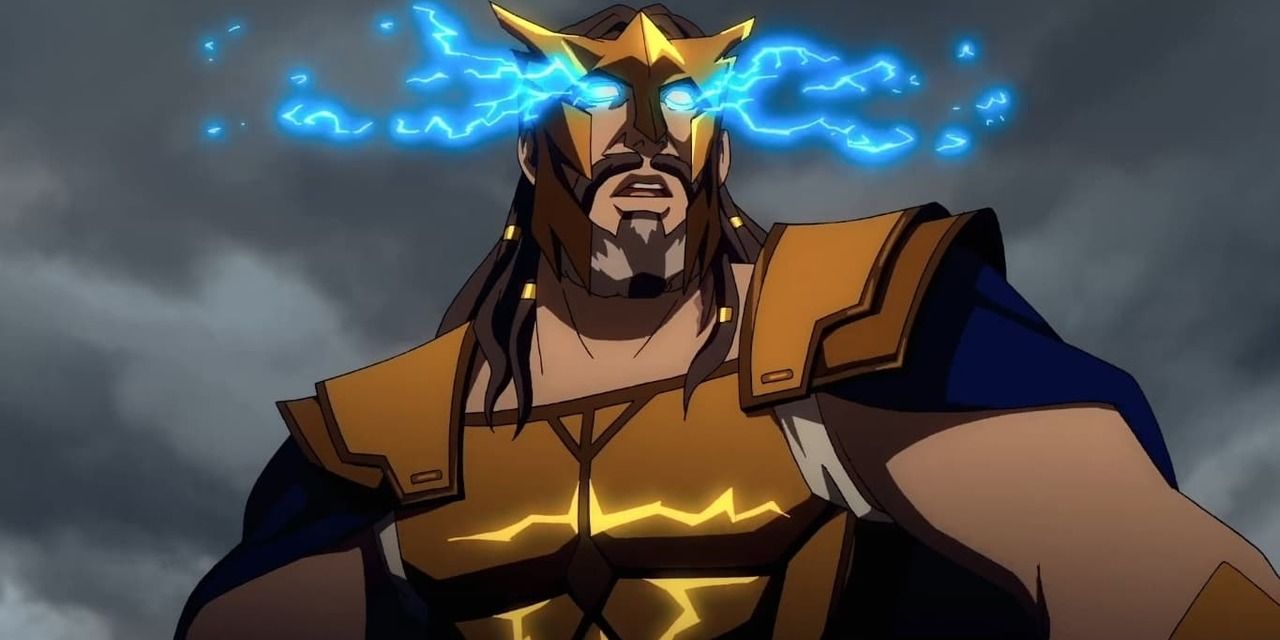
Part of what makes Visions so striking is its visual style, and each episode is strikingly different in approach. This is what allows it to explore new aspects of the Star Wars universe. Similarly, the Netflix series Blood of Zeus uses the anime style to shed new light on well-established mythology, that of ancient Greece, and it uses both traditional myths and original material.
The series follows a young man who is, as the title suggests, the son of Zeus, as he battles sinister forces intent on conquering Olympus itself.

The Clone Wars were some of the most important conflicts in the history of Star Wars, and so it’s only natural that the franchise would include a series focusing exclusively on these struggles and their impact on the decline and fall of the Republic.
Fans of Visions will find much to love in this long-running animated series, which fleshed out events that occurred between the prequel movies, including showing key developments in the relationship between Obi-Wan and Anakin and introducing such fan favorite characters as Ahsoka Tano.
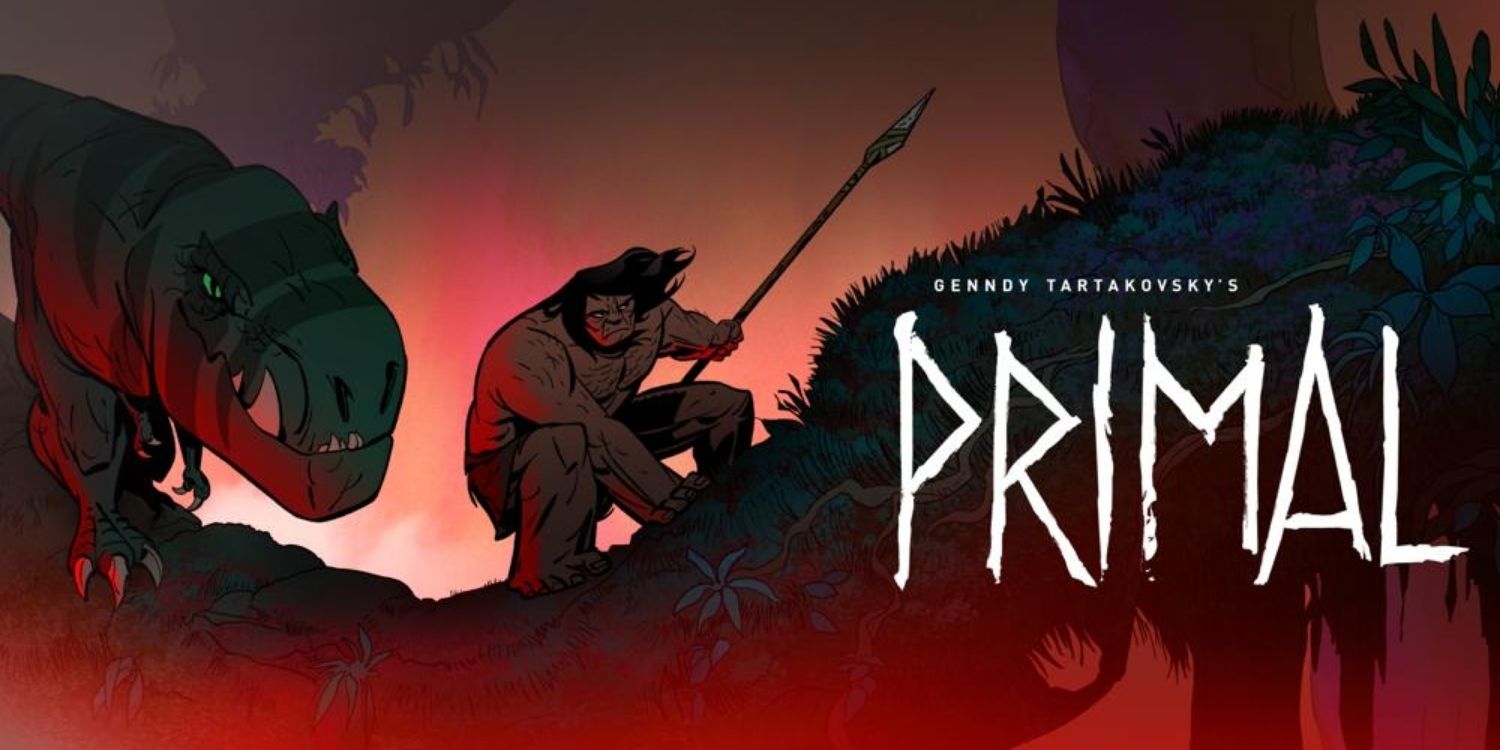
One of the most striking things about Visions is how brutal it is. Though the violence is often stylized, the series still shows a Galaxy that is, at times, quite violent. The same can be said of the Adult Swim series Primal, which focuses on a caveman and his extraordinary bond with a female Tyrannosaurus rex.
Their world is a beautiful one, but it is also one where death lurks behind every corner, and the series frequently shows just how difficult it is for the heroes to make it out of the episode alive.
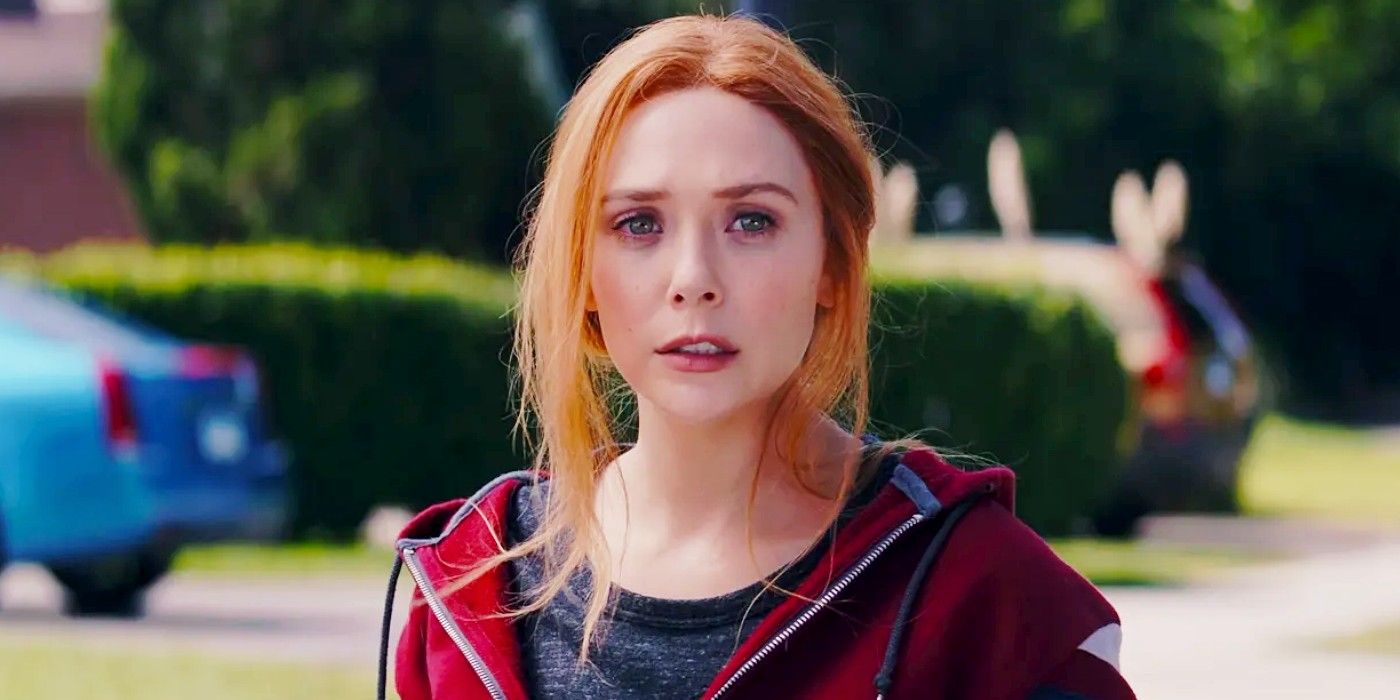
Visions has been seen as perhaps heralding a new era of storytelling in Star Wars, and a similar phenomenon happened with WandaVision, which focused on Wanda and her ongoing efforts to cope with her grief at losing Vision.
Also similar to Visions, most of its episodes were shot in a very different style from one another, reflecting Wanda’s efforts to make sense of her trauma through the American sitcoms that were so much a part of her viewing experience as a child. In addition, the series featured a number of very beautifully shot scenes.
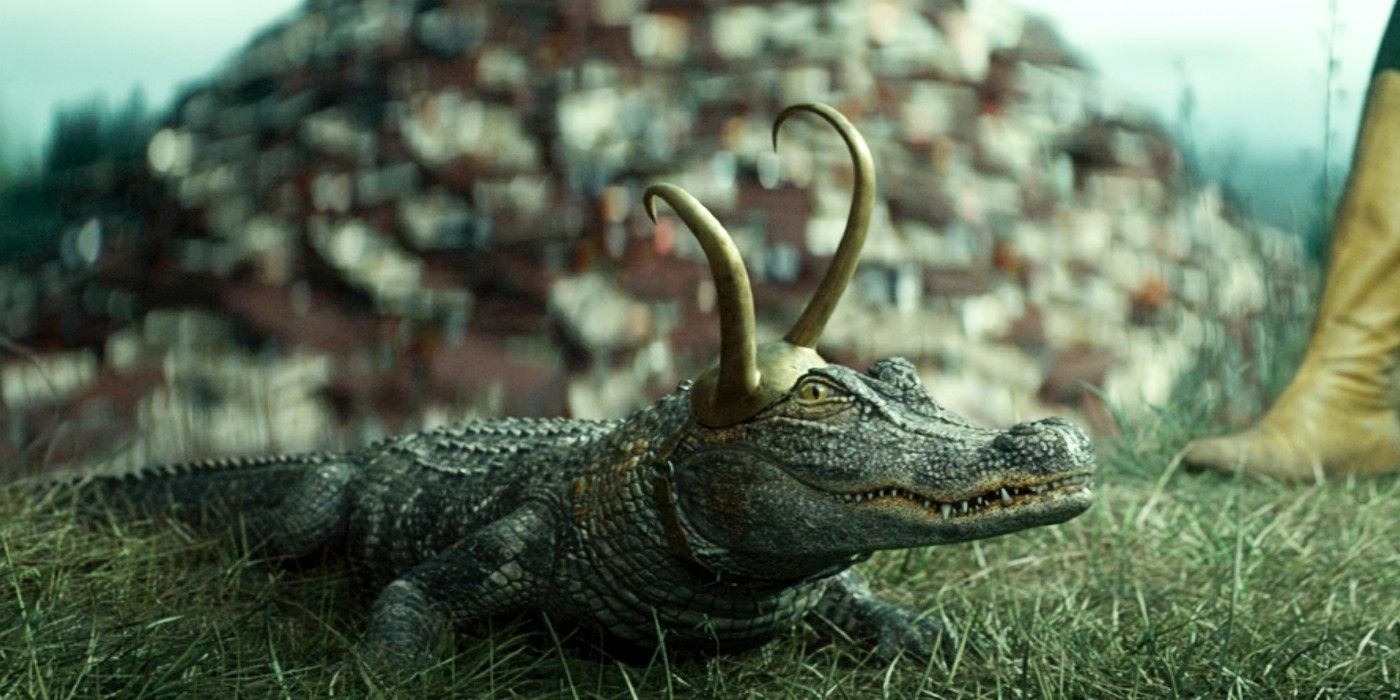
Just as What If…? and Visions allow viewers to gain a more nuanced understanding of their respective universes, so Loki creates a new understanding of one of the MCU’s most beloved (if also chaotic) characters, Loki. In this case, he gets to be the center of the action, as he is pulled into a conflict that is larger than himself.
This version of Loki is consistently forced to look outside of himself and his own interests, and the series asks tough questions about the nature of time and just how much control any hero has over his own destiny.
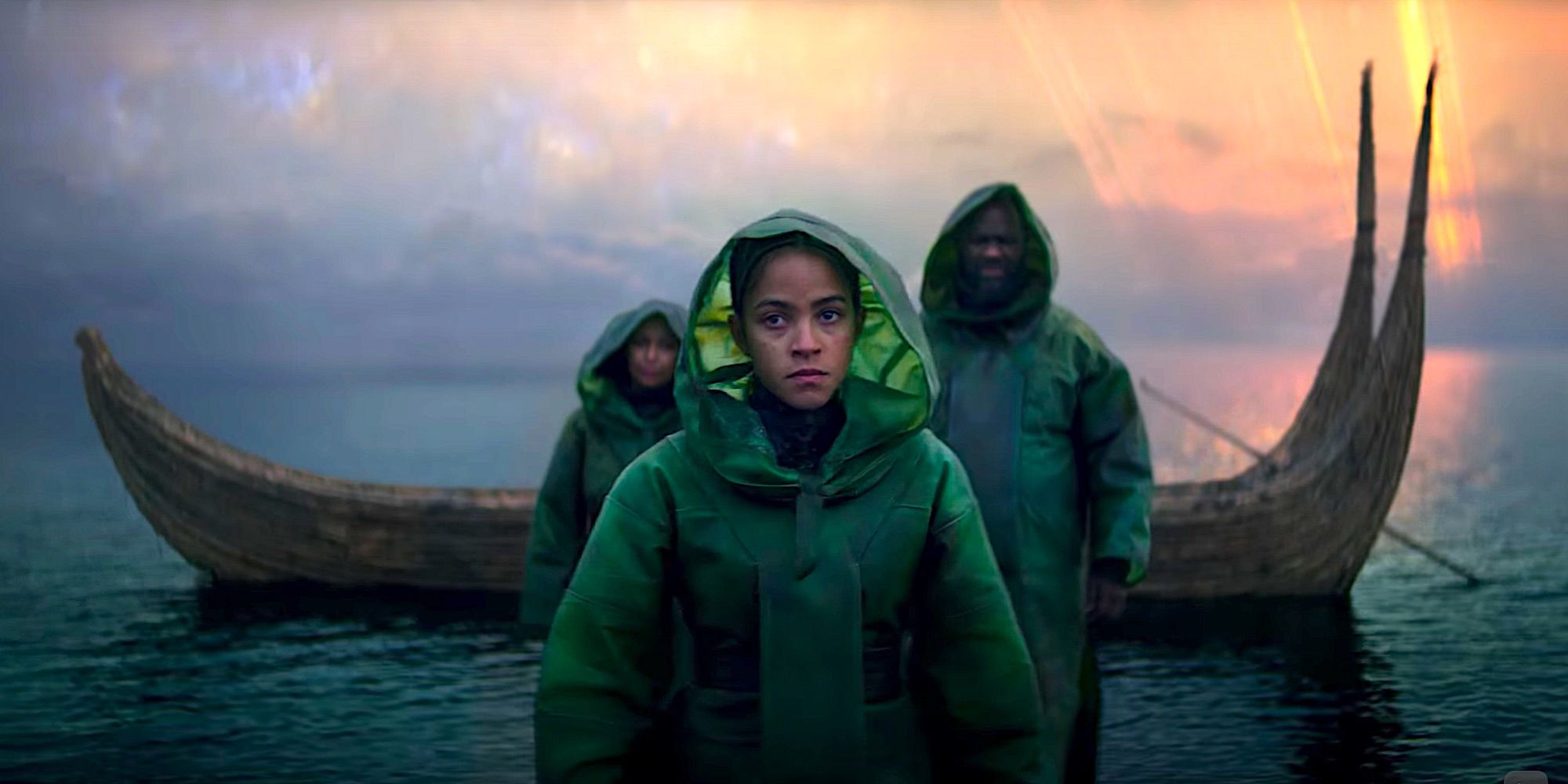
Those who enjoyed Visions for the way that it plays with the genre should find much to enjoy in Apple TV’s Foundation, based on the Isaac Asimov novel of the same name. This universe has a lot in common with Star Wars, including a galactic empire that is tottering on the verge of collapse.
However, its primary focus is on those who are trying to horde civilization’s precious knowledge before the apocalypse arrives. It is as much a political thriller as it is a science fiction showpiece, skillfully eluding strict generic classification.

Visions is the type of show that keeps viewers guessing as to what each episode will entail since each one is animated by a different studio. A similar phenomenon is at work in Netflix’s LOVE DEATH + ROBOTS, which features a number of different vignettes in each season.
Episodes are very rarely connected to one another, and they are often in widely different styles, though violence and its corrosive effects on individuals is a recurring theme (as it is also in Visions), making it a series that is full of frightening episodes.
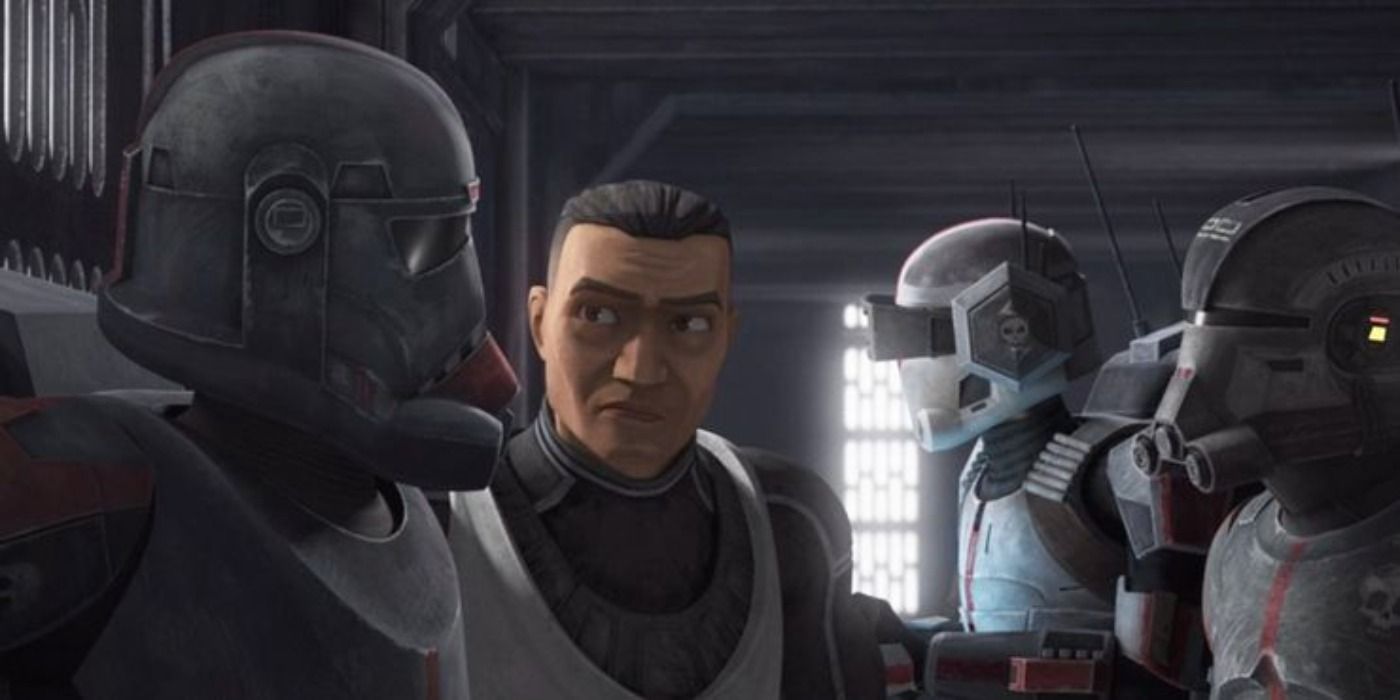
Star Wars: The Bad Batch explores the adventures of the Bad Batch, a group of genetic clones that pursue various missions after the Clone Wars have concluded.
Like Visions, which sketches in some underdeveloped corners of the universe and its lore, The Bad Batch gives insight into what exactly happened once the Clone Wars were concluded and those who had fought in them had to find a new way to make a life for themselves in a Galaxy that had changed (and not for the better).
from ScreenRant - Feed https://ift.tt/3aLO2ox


0 Comments